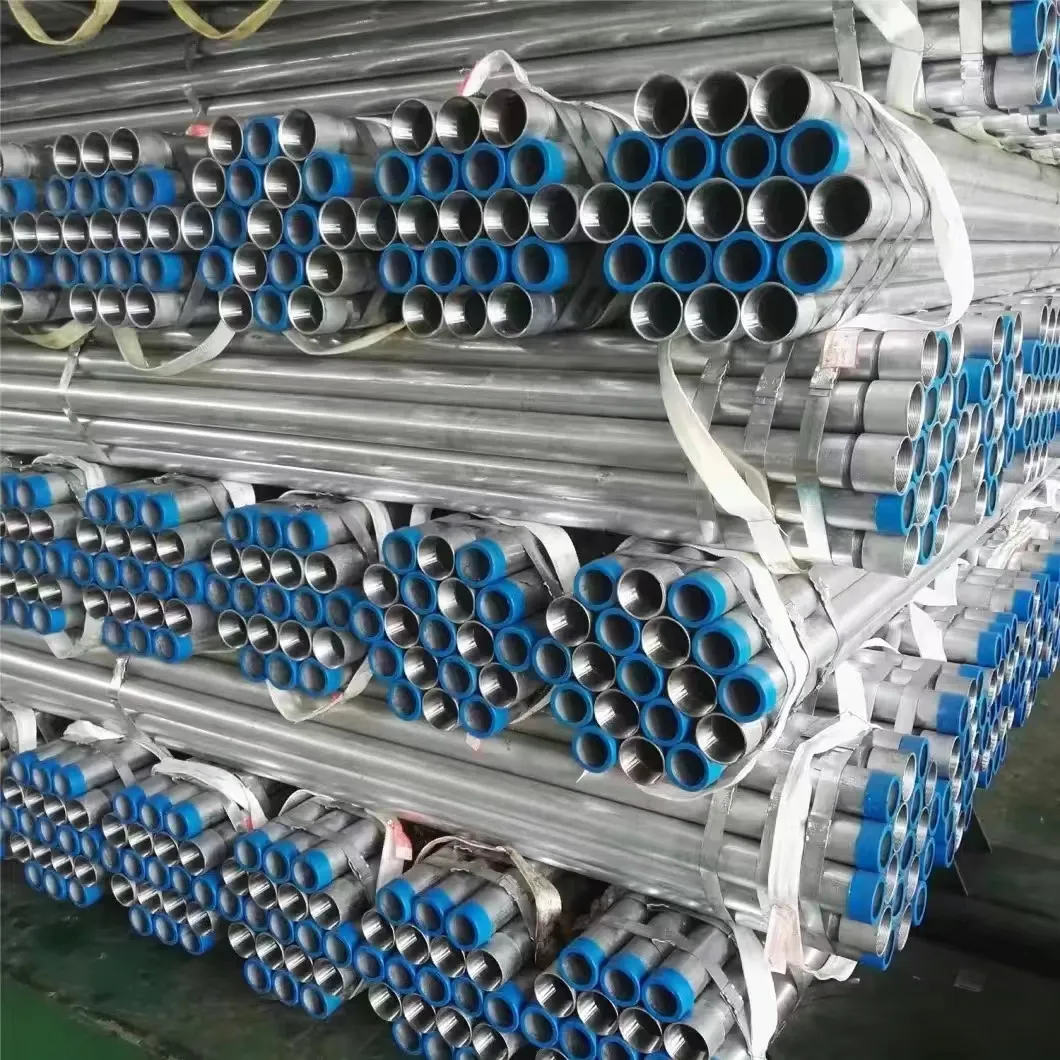Current location:
stainless steel buttweld caps
Date:2025-08-18 02:49:30 Read(143)

Understanding 316 Stainless Steel Pipe Properties, Applications, and Benefits Stainless steel is a material renowned for its remarkable resistance to corrosion, exceptional strength, and versatility. Among the various grades of stainless steel, 316 stainless steel holds a distinguished reputation, particularly in manufacturing pipes. This article delves into the properties, applications, and benefits of 316 stainless steel pipes. Properties of 316 Stainless Steel 316 stainless steel is an austenitic grade of stainless steel, which primarily comprises iron, chromium, and nickel, along with molybdenum. The addition of molybdenum enhances its resistance to pitting and crevice corrosion, especially in chloride-rich environments, making it an ideal choice for marine applications and chemical processing. One of the key characteristics of 316 stainless steel is its excellent heat resistance. This grade can withstand high temperatures without losing its mechanical properties, making it suitable for various high-temperature applications. Additionally, 316 stainless steel exhibits good weldability and formability, allowing for easy fabrication into different shapes and sizes. The mechanical properties of 316 stainless steel are also noteworthy. It has a tensile strength of approximately 580 MPa (84,000 psi) and a yield strength around 290 MPa (42,000 psi). This means that 316 stainless steel pipes can handle significant loads and pressures, making them suitable for demanding applications. Applications of 316 Stainless Steel Pipes Due to its excellent corrosion resistance and strength, 316 stainless steel pipes find a wide array of applications across various industries. Here are some notable ones 1. Marine Applications Its resistance to saltwater and humidity makes 316 stainless steel an excellent choice for marine environments. It is commonly used in shipbuilding, offshore structures, and components like railings and fittings. 2. Chemical Processing The chemical industry often requires materials that can withstand aggressive chemicals. 316 stainless steel pipes are widely used in the transportation and storage of acids, alkalis, and other corrosive substances. 3. Food and Beverage Industry The sanitary properties of 316 stainless steel make it suitable for the food and beverage industry. Pipes made from this material are utilized in food processing, brewing, and dairy applications where hygiene is paramount. 316 stainless steel pipe 4. Pharmaceutical Manufacturing In the pharmaceutical industry, cleanliness and resistance to corrosion and contamination are crucial . 316 stainless steel pipes are extensively used in the production of medicinal products due to their non-reactive and sterile properties. 5. Oil and Gas Industry The oil and gas sector often operates in harsh environments where corrosion resistance is vital. 316 stainless steel pipes are used in various applications, including drilling and production equipment. Benefits of Using 316 Stainless Steel Pipes The use of 316 stainless steel pipes offers several advantages - Long Lifespan Due to their corrosion resistance, 316 stainless steel pipes can last significantly longer than pipes made from other materials, reducing the need for frequent replacements and repairs. - Low Maintenance The easy-to-clean surface of 316 stainless steel means that maintenance requirements are minimal, especially in sanitary applications. - Aesthetic Appeal The shiny appearance of 316 stainless steel can enhance the overall look of installations, making it a popular choice for visible piping. - Recyclability Being an environmentally friendly option, 316 stainless steel can be recycled, contributing to sustainable manufacturing practices. Conclusion In summary, 316 stainless steel pipes are an essential component across various industries due to their superb corrosion resistance, mechanical strength, and versatility. Whether in marine, chemical, food, pharmaceutical, or oil and gas applications, these pipes provide reliable performance and longevity. Understanding the properties and applications of 316 stainless steel allows industries to make informed decisions, ensuring the selection of the right materials for their specific needs.
Share:
Previous: bending thin wall stainless tubing
Next: Exploring the Applications and Benefits of 6mm Metal Pipes in Construction and Industry
Kind tips:The above content and pictures are compiled from the Internet and are for reference only. I hope they will be helpful to you! If there is any infringement, please contact us to delete it!
You may also like
- Exploring the Applications and Benefits of High-Performance 95 Percent Ceramic Components in Industr
- Exploring the Impact of ANSI Standards on Industry Practices and Compliance Trends
- Best Practices for Welding Underground Pipes Safely and Effectively
- Design and Application Considerations for Five Percent Flange Specifications in Engineering Projects
- Exploring the Functionality and Design of Efficient Pump Housing in Modern Engineering Applications
- Custom Steel Pipe Bending Services for Unique Applications and Precise Specifications
- Exploring Innovative Solutions for Pipe Maintenance and Repair Techniques
- Durable Stainless Steel U Pipes for Versatile Applications and Construction Uses
- Flange Design for Hydrant Applications and Compatibility Considerations